Issue 23: Architectures of Love
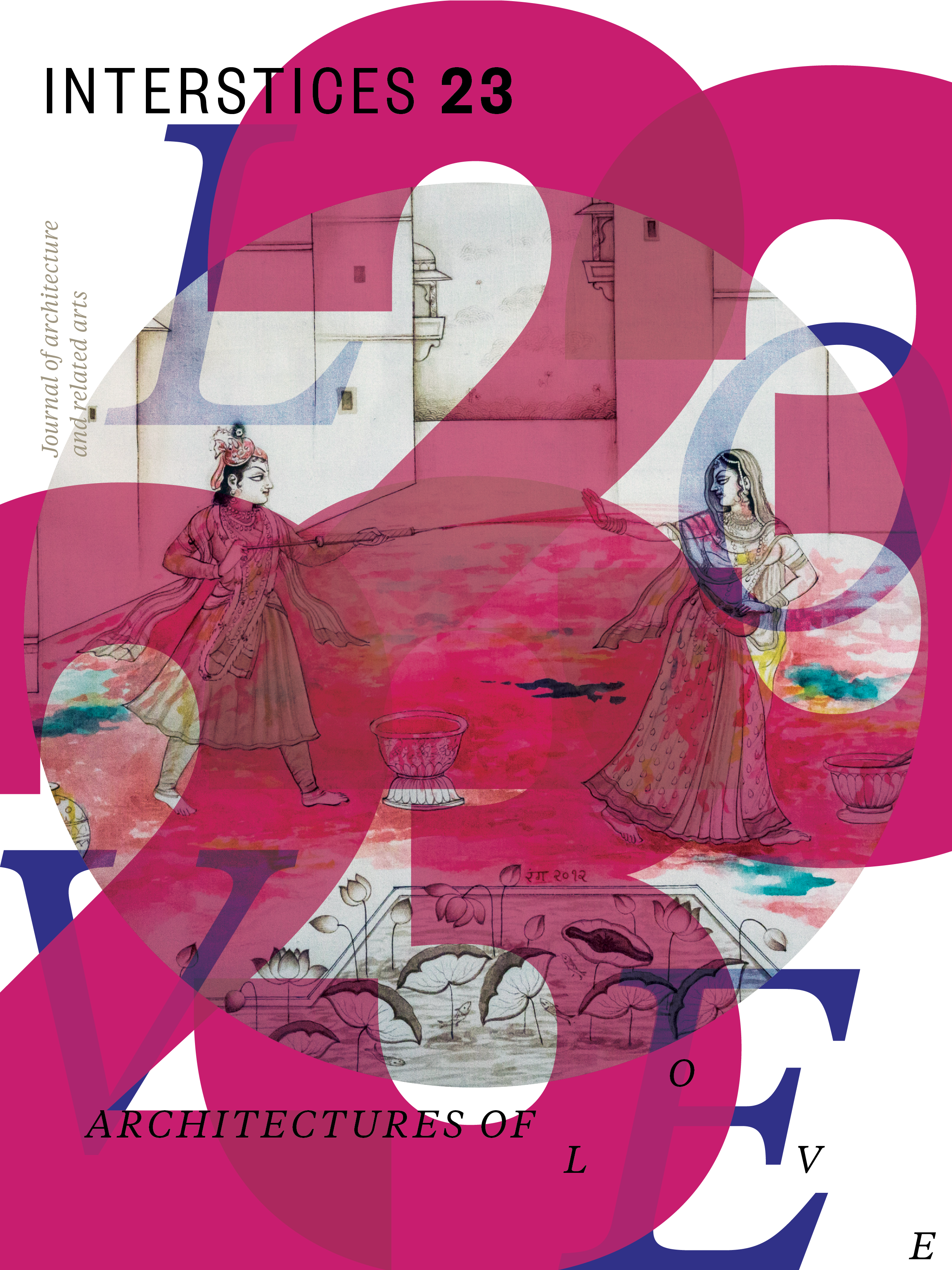
Interstices Journal of Architecture and Related Arts Issue 23: Architectures of Love
Read more about Issue 23: Architectures of Love
Interstices Journal of Architecture and Related Arts Issue 23: Architectures of Love
Read More Read more about Issue 23: Architectures of Love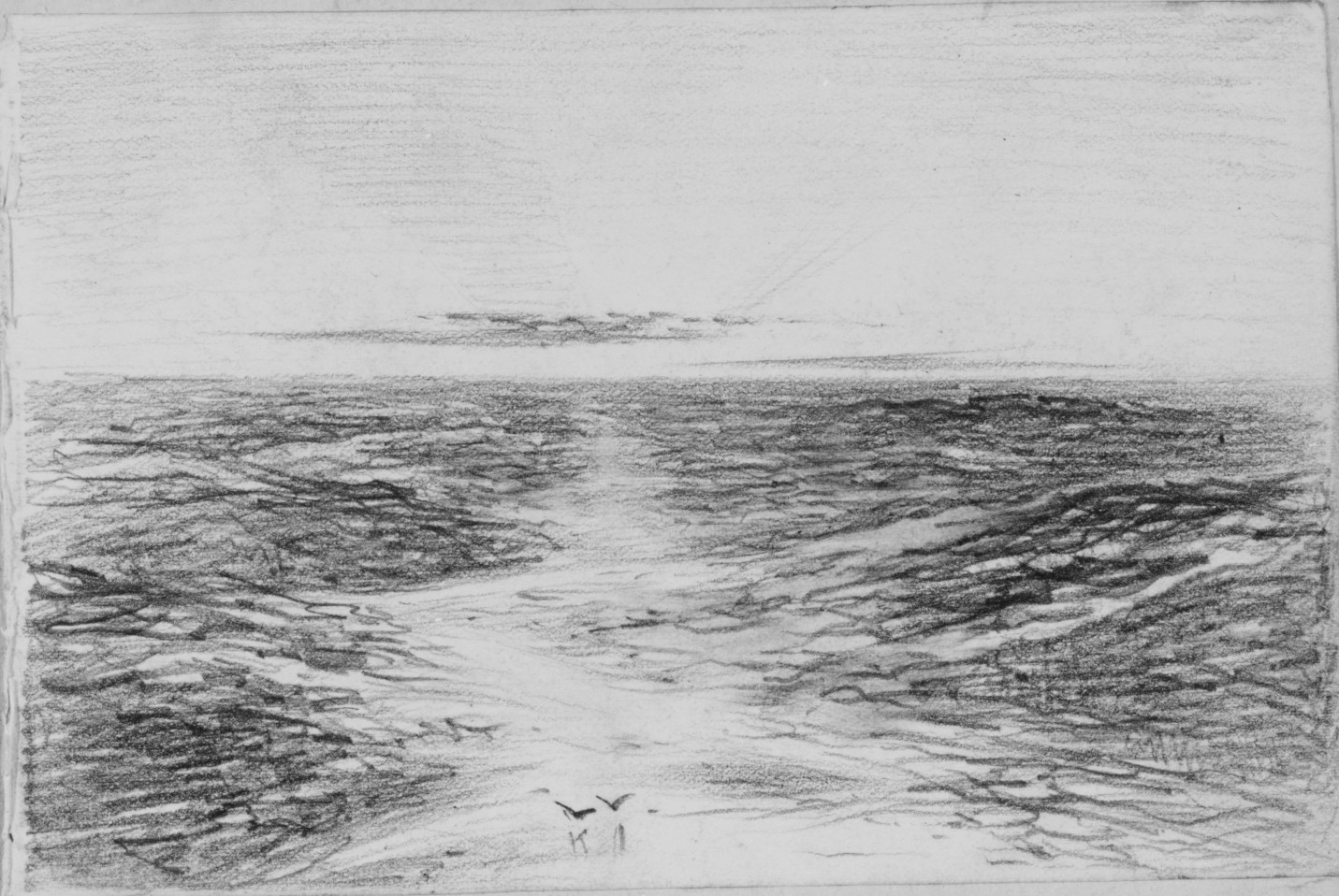
Continuing our commitment to publish the work of emerging design researchers, Interstices: Journal of Architecture & Related Arts invites postgraduate or recently graduated researchers in architecture and related art and design fields to submit projects for the journal’s peer-reviewed, creative design research section.
Read More Read more about Call for Postgraduate Design Research ProjectCALL FOR ABSTRACTS
Interstices: Journal of Architecture & Related Arts – Issue 24
On Water: The Aqueous in Architecture

John Singer Sargent, “Moonlight On Waves” (circa 1876) [Graphite on off-white paper. Source: Wikimedia Commons, image gifted by Mrs Francis Ormond, 1950]
For us humans, the flow and flush of waters sustain our own bodies, but also connect them to other bodies, to other worlds beyond our human selves. Indeed, bodies of water undo the idea that bodies are necessarily or only human.
Astrida Neimanis (2016)[1]
Tell me what infinity attracts you, and I will know the meaning of your world. Is it the infinity of the sea, or the sky, or the depths of the earth, or the one found in the pyre.
Gaston Bachelard (2011)[2]
Water makes its presence felt, and increasingly so. It emerges from our mouths in vaporous clouds, bulges as the moon encircles the earth, and inundates cities. Water’s actions and its flowing intelligence are the focus of Issue 24 of Interstices: Journal of Architecture and Related Arts.
We call for work that extends contemporary, historical, and cross-cultural understandings of the aqueous in architecture. Our scope is broad in scale from the atmospheric and the planetary, to the scale of the body, blood, cells, to infinitesimal waves shimmering in subatomic worlds. We are interested in water’s aleatory effects on architecture and its potential to prompt ideas at the edge of its substantialist comprehension. Proposals are sought for writing on water’s metaphorical force, its schlieren image-like dynamics, its creative co-agency—as material entity and legal person—its ‘view,’ in other words on how architecture might be formed, thought about, created, or occupied by the elemental force of water.
We invite abstracts describing paper and creative practice proposals that will focus on the critical and immediate of water: as a resource; as an element capable of determining global futures; as a figure for grasping global economics (at the level of ‘liquidly’ and capital flows, themselves integral to architectural production); as a trope for modern societal formations (via Zygmunt Bauman’s notion of ‘liquid modernity’); with the ocean’s vast infrastructural and organizational remaking (as recognized by Nancy Couling and Carola Hein in The Urbanisation of the Sea); as an element indicative of human evolutionary factors (via say, Mark and Dianna McMenamin’s, Hypersea: Life on Land); and as a focus for drawing on posthuman and gender-critical inquiry (for example, Astrida Neimanis’, Bodies of Water: Posthuman Feminist Phenomenology).
Water is rich and multifaceted, but relates particularly to the geographic, geologic, and cultural specificity of Aotearoa New Zealand. This is particularly so given recent understandings of Zealandia as a largely submerged ancient ‘supercontinent’, for which the landmass of Aotearoa is but a modest series of ridges emerging from the sea. In this issue we further emphasise both the broadly global implications of the aqueous in architecture and spatial production, and also place-specific dimensions with the arising and maintaining of cultural and creative life in the South Pacific (as, for example, suggested by Damon Salesa in An Indigenous Ocean (2013)).
[1] Astrida Neimanis, Bodies of Water: Posthuman Feminist Phenomenology (London, UK: Bloomsbury, 2016), 2.
[2] Gaston Bachelard, Air and Dreams, trans. Edith Farrell (Dallas, TX: Dallas Institute of Publishing, 2011).
Read More Read more about CFA Issue 24: On Water: The Aqueous in ArchitectureCall for Design Research Projects
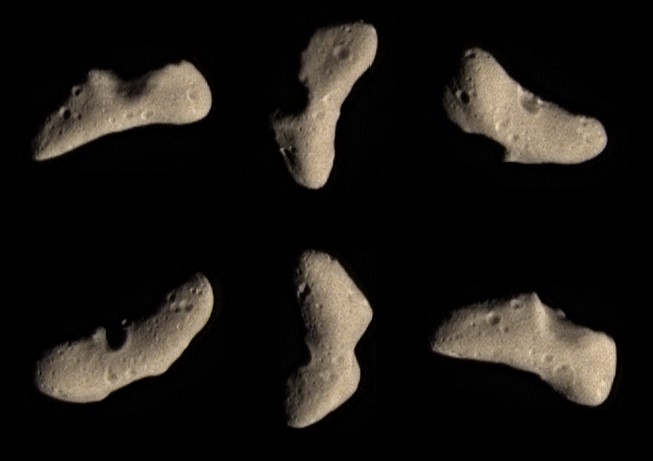
Continuing our commitment to publish the work of emerging design researchers, Interstices: Journal of Architecture & Related Arts invites postgraduate or recently graduated researchers in architecture and related art and design fields to submit projects for the journal’s peer-reviewed, creative design research section.
Projects should be complete at the time of submission and include an explanatory synopsis of 1,500 – 2,000 words.
Project documentation and the synopsis should:
Visit our website to view the Guidelines for Submissions for details about the reviewing process, copyright requirements and formatting: https://interstices.ac.nz/index.php/Interstices/Style_Guide
Read More Read more about Interstices 23 - Call for PG Research SubmissionsInterstices Journal of Architecture and Related Arts Issue 22: Urban Historical
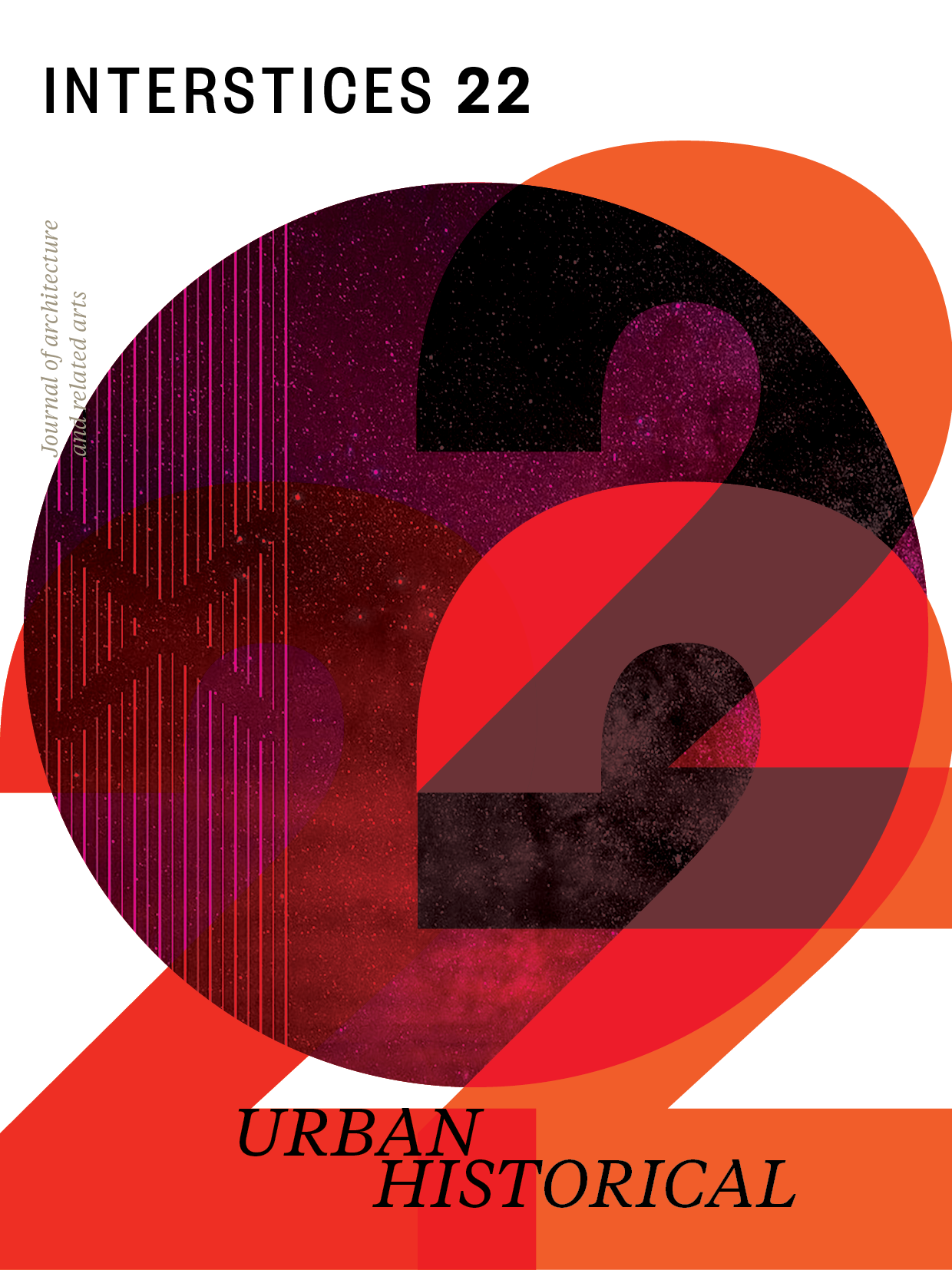 Read More
Read more about Issue 22: Urban Historical
Read More
Read more about Issue 22: Urban Historical
CALL FOR PAPERS
Interstices: Journal of Architecture & Related Arts – Issue 23
Architectures of Love
 “Radha and Krishna playing Holi”. Painting presented to Shriji Arvind Singh, Mewar of Udaipur, during Holika Dahan 'Rang' - March 2012. City Palace in Udaipur, India. [Source: Wikimedia Commons, photograph, David Clay, 2018]
“Radha and Krishna playing Holi”. Painting presented to Shriji Arvind Singh, Mewar of Udaipur, during Holika Dahan 'Rang' - March 2012. City Palace in Udaipur, India. [Source: Wikimedia Commons, photograph, David Clay, 2018]
[…] sexuality and love do not live in the bedroom of Oedipus, they dream instead of wide-open spaces, and cause strange flows to circulate that do not let themselves be stocked within an established order.
Gilles Deleuze & Felix Guattari[1]
Lover, beloved and the space between them […] There is something essential to eros here.
Anne Carson[2]
Building on the remediating orientation set by the “Fixing” issue of Interstices: Journal of Architecture & Related Arts, Issue 23 invites papers that inquire into the coupling of love and architecture. We ask how love is, or may have been, an underlying motivator of built and speculative spaces, and how the materiality of both may sustain object-attachments for ongoing expressions of amorous affect?
Estimated Timeline:
[1] Gilles Deleuze & Felix Guattari, Anti-Oedipus: Capitalism & Schizophrenia, Vol. 1, trans. Robert Hurley, Mark Seem, Helen R. Lane (Minneapolis & London: University of Minnesota Press, 2000), 116.
[2] Anne Carson, Eros, the Bittersweet (Princeton, NJ: Princeton University Press, 2015), 77.
Read More Read more about CFP Issue 23: Architectures of LoveCall for Creative Design Research Projects
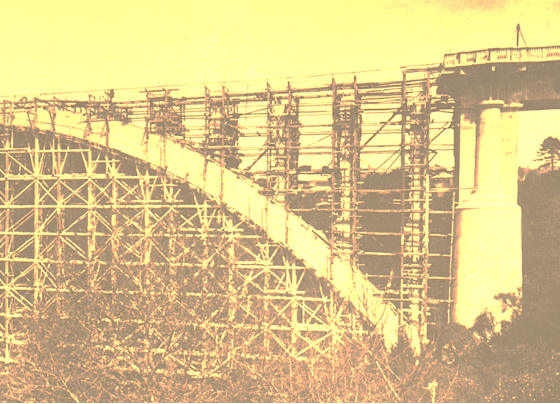
Continuing our commitment to publishing the work of emerging design researchers, Interstices: Journal of Architecture & Related Arts invite postgraduate or recently graduated researchers in architecture and related art and design fields to submit projects for the journal’s peer-reviewed, creative design research section.
Read More Read more about INTERSTICES: Journal of Architecture & Related Arts Issue 22
Interstices Journal of Architecture and Related Arts is delighted to announce the inclusion of the journal in Scopus.
Scopus is the world’s largest abstract, citation, and full-text database of peer-reviewed literature. By 2018 it covered 21,000 peer-reviewed titles from 5000 publishers in science, arts, commerce and humanities. Scopus coverage begins from 1960 and citation data from 1970. Pre-press articles are also included, as are a number of non-peer reviewed titles from subject areas that are not usually peer-reviewed. Scopus includes conference papers and books (mainly from 2005 onwards), book series and book chapters and includes more than 38,000 titles.
Read More Read more about Interstices Journal of Architecture and Related Arts: Scopus
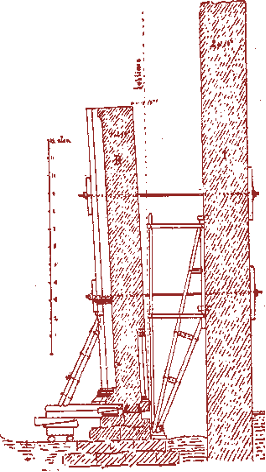 Christian Christie, (1906). Straightening of the choir wall in Nidaros Cathedral, Trondheim, Norway. [Source: Wikimedia Commons https://commons.wikimedia.org/wiki/File:Nidarosdomen_chior_wall_repairs.png]
Christian Christie, (1906). Straightening of the choir wall in Nidaros Cathedral, Trondheim, Norway. [Source: Wikimedia Commons https://commons.wikimedia.org/wiki/File:Nidarosdomen_chior_wall_repairs.png]
Call for Creative Design Research Projects
Continuing our commitment to publishing works of emerging design research, Interstices: Journal of Architecture & Related Arts invite postgraduate or recently graduated researchers in architecture and related art and design fields to submit projects for the journal’s peer-reviewed, creative design research section.
Read More Read more about INTERSTICES Call for Creative Design Research Projects
The deadline for Interstice 21: Fixing is now extended to Monday, 12th April.
See call for papers
https://interstices.ac.nz/index.php/Interstices/announcement/view/8
Fixing
Maintenance and care might be imagined to be conservative practices, aiming at stasis or keeping something going in the same track. Yet this underestimates the dynamic nature of fixing. To repair or sustain something is to become intimately entangled in processes of decay, ageing, entropy; but also, with growth, complexity and otherness, with fallow states, and with regeneration. To develop a fixation with something is to be turned implacably away from oneself. Rather than fixing in place, this issue of Interstices asks how we fix things together across and through places.
Donna Haraway contrasts poiēsis as “the activity in which a person brings something into being that did not exist before”—with sympoiēsis, a co-creation, a “making things together”. Designing space is necessarily sympoiētic, emerging from a complex collusion of the human and other-than-human. Accordingly, we are interested in shifting our view from individualised moments of creativity to bring into frame how space might be co-authored, negotiated through performances of maintenance and care. What are the spatial possibilities of this continuing dialogue between architecture and other domains? What is the agency of things beyond us? How might divergent scales—the scale of a virus say—jolt us to consider space differently?
We welcome contributions from architecture and art practice, philosophy, theory, ethnography, and geography, that speculate on questions of Fixing. The intention is to capture a wide spectrum of disciplinary approaches and voices that chart the unanticipated directions and productive suturing of domains considering fixing, maintenance and care. Contributors are invited to submit papers, theoretical and critical reflections, and documentation of experimental creative works.
Topics include but are not limited to:
We invite you to submit a full paper inclusive of an abstract for the forthcoming Fixings issue of Interstices: Journal of Architecture & Related Arts.
Monday 12th April March 2021:
Abstracts of 300-500 words are to be submitted to Sue Hedges susan.hedges@aut.ac.nz . Abstracts will be assessed by an academic panel comprising the issue editors and the Interstices executive editors.
Read More Read more about The deadline for Interstice 21: Fixing is now extended to Monday, 12th April.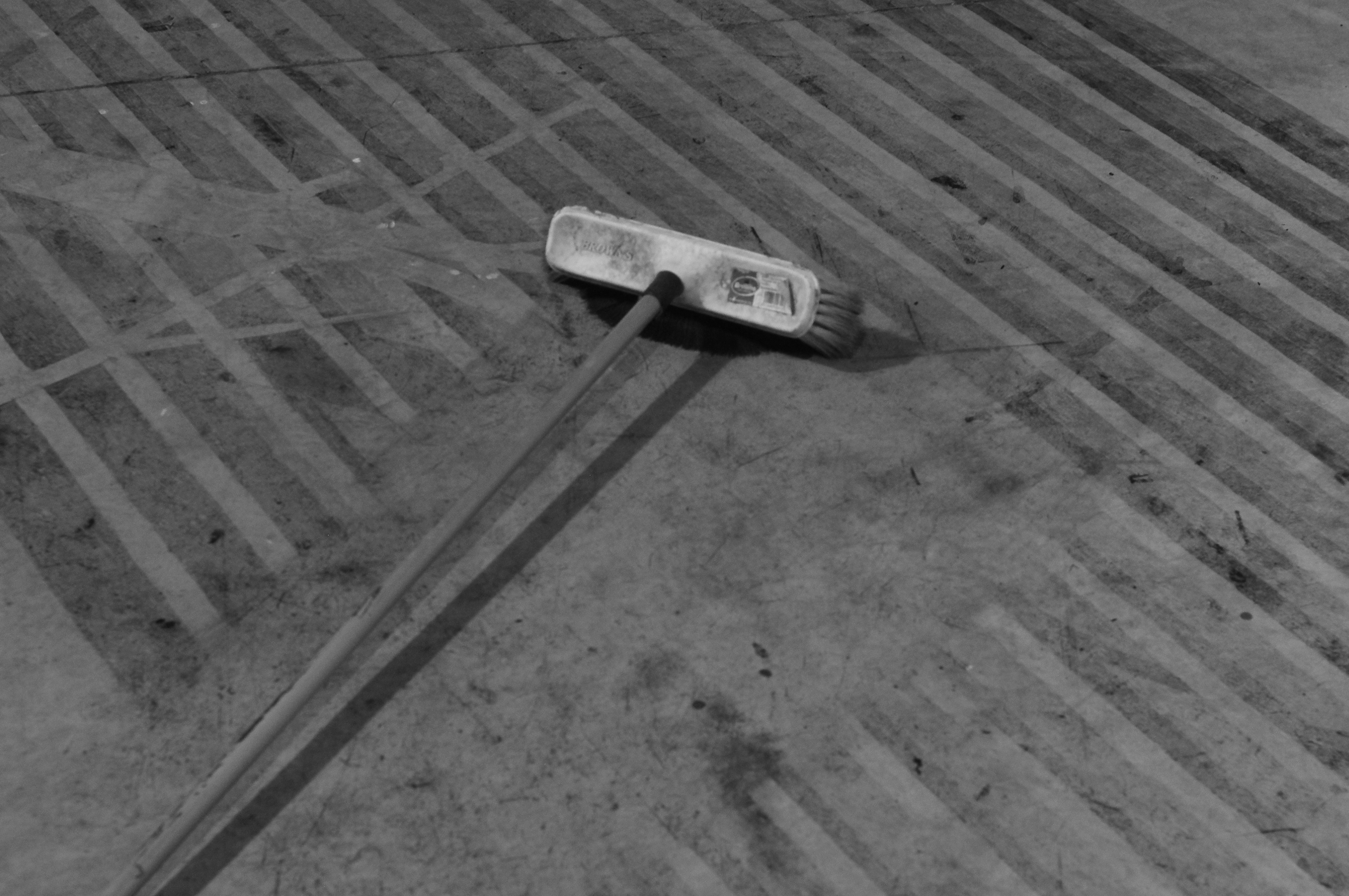 Carl Douglas (2019), Cattle Grate #2 being erased. From Kuku Drafts, in association with Te Waituhi-ā-Nuku and Monique Jansen.
Carl Douglas (2019), Cattle Grate #2 being erased. From Kuku Drafts, in association with Te Waituhi-ā-Nuku and Monique Jansen.
Fixing
Maintenance and care might be imagined to be conservative practices, aiming at stasis or keeping something going in the same track. Yet this underestimates the dynamic nature of fixing. To repair or sustain something is to become intimately entangled in processes of decay, ageing, entropy; but also, with growth, complexity and otherness, with fallow states, and with regeneration. To develop a fixation with something is to be turned implacably away from oneself. Rather than fixing in place, this issue of Interstices asks how we fix things together across and through places.
Donna Haraway contrasts poiēsis as “the activity in which a person brings something into being that did not exist before” — with sympoiēsis, a co-creation, a “making things together”. Designing space is necessarily sympoiētic, emerging from a complex collusion of the human and other-than-human. Accordingly, we are interested in shifting our view from individualised moments of creativity to bring into frame how space might be co-authored, negotiated through performances of maintenance and care. What are the spatial possibilities of this continuing dialogue between architecture and other domains? What is the agency of things beyond us? How might divergent scales—the scale of a virus say—jolt us to consider space differently?
We welcome contributions from architecture and art practice, philosophy, theory, ethnography, and geography, that speculate on questions of Fixing. The intention is to capture a wide spectrum of disciplinary approaches and voices that chart the unanticipated directions and productive suturing of domains considering fixing, maintenance and care. Contributors are invited to submit papers, theoretical and critical reflections, and documentation of experimental creative works.
Read More Read more about Interstices Journal of Architecture & Related Arts: Issue 21 FixingInterstices Journal of Architecture and Related Art Issue 20: Political Matters
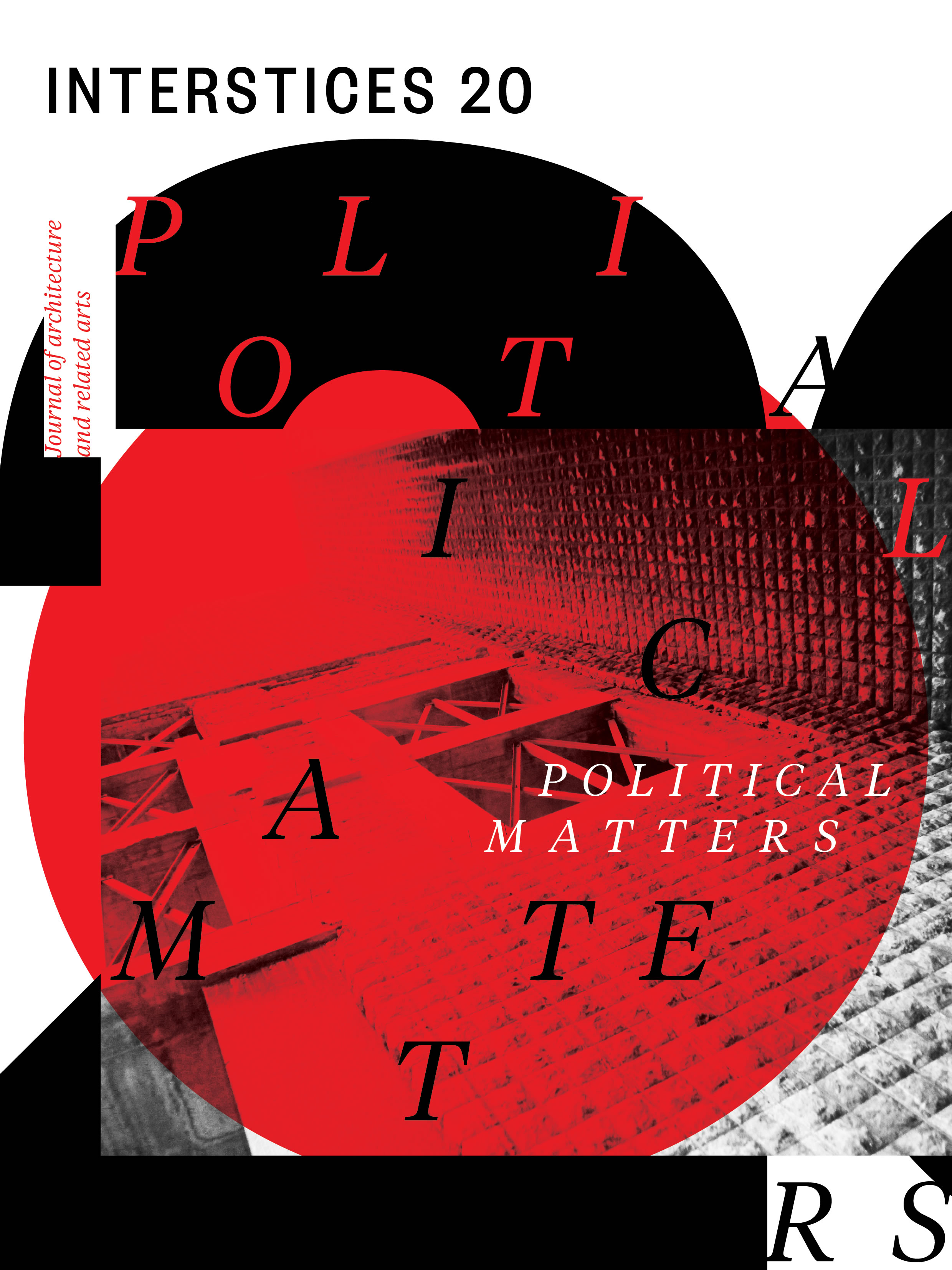
The submission deadline for Interstice: Political Matters: Spatial Thinking of the Alternative is now extended to Monday, 20th January - 17:00 NZT.


Jeremy Bentham (modified), (1796). Fleuron from: Management of the poor: or, a plan, containing the principle and construction of an establishment, in which persons of any description are to be kept under inspection. And In Particular Penitentiary-Houses; Prisons, Houses Of Industry, Work-Houses, Poor-Houses, Manufactories, Mad-Houses, Hospitals, And Schools. With a plan of management. In a series of letters. By Jeremy Bentham, Of Lincoln's-Inn, Esq. Illustrated with copper-plates. [Source: Wikimedia Commons - https://commons.wikimedia.org/wiki/File:Management_of_the_poor-_or_Fleuron_N004370-6.png]
Continuing our commitment to publish the work of emerging designer researchers, Interstices: Journal of Architecture & Related Arts invite postgraduate or recently graduated researchers in architecture and related art and design fields to submit projects for the journal’s peer-reviewed, creative design research section.
Read More Read more about INTERSTICES: Journal of Architecture & Related Arts Call for Creative Design Research Projects
CALL FOR PAPERS
POLITICAL MATTERS: SPATIAL THINKING OF THE ALTERNATIVEInterstices Journal of Architecture and Related Arts Issue 20 Political Matters: Spatial Thinking of the Alternative

Issue Editors: Farzaneh Haghighi (University of Auckland) & Nikolina Bobic (University of Plymouth)
Deadline: 9th December 2019 - 5:00pm
Read More Read more about POLITICAL MATTERS: SPATIAL THINKING OF THE ALTERNATIVE2019 Interstices Under Construction Symposium
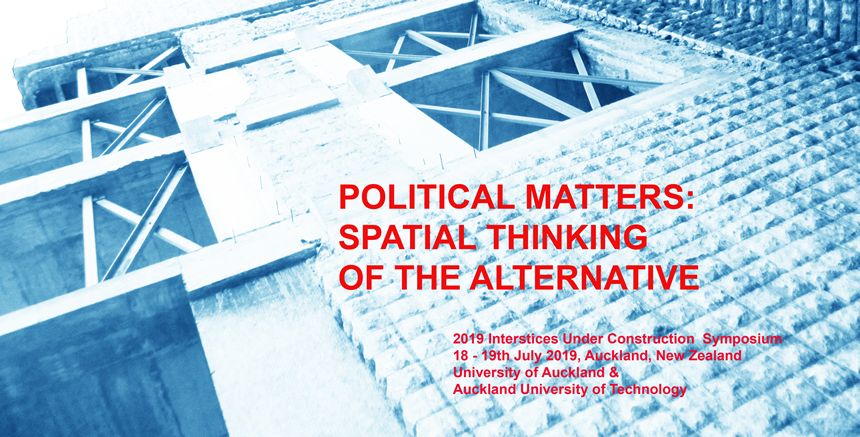
Interstices Journal of Architecture and Related Arts is published by enigma : he aupiki charitable trust.
ISSN 1170-585X (Print)
ISSN 2537-9194 (Online)
Institutional: School of Art + Design, Auckland University of Technology, School of Architecture + Planning, University of Auckland
Corporate: Moller Architects, Architectus, Warren and Mahoney, JASMAX, Cheshire Architects
Augustus Services, ASC Architects, Salmond Reed Architects
Hosted by Tuwhera, an initiative of the Auckland University of Techology Library.
